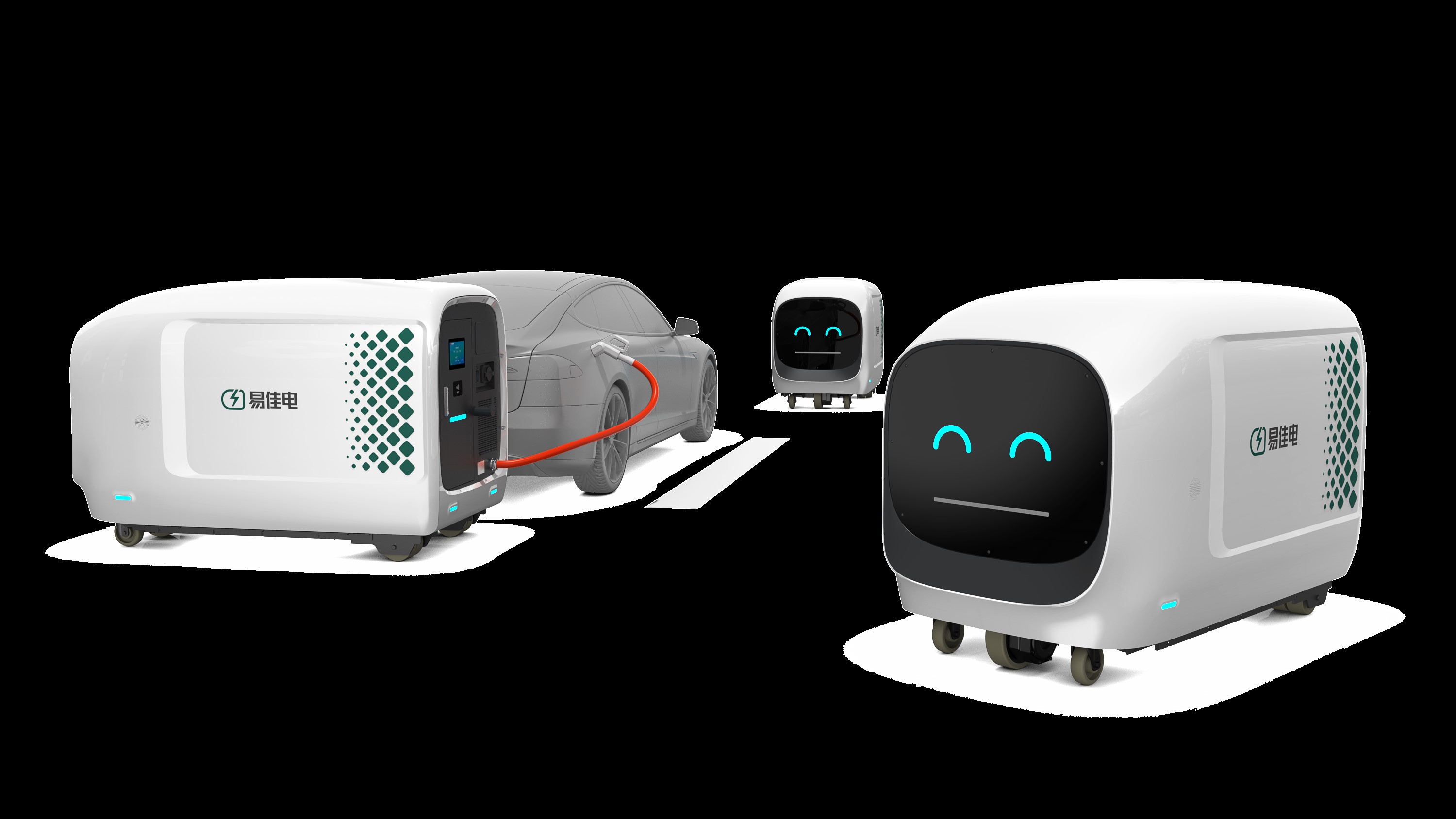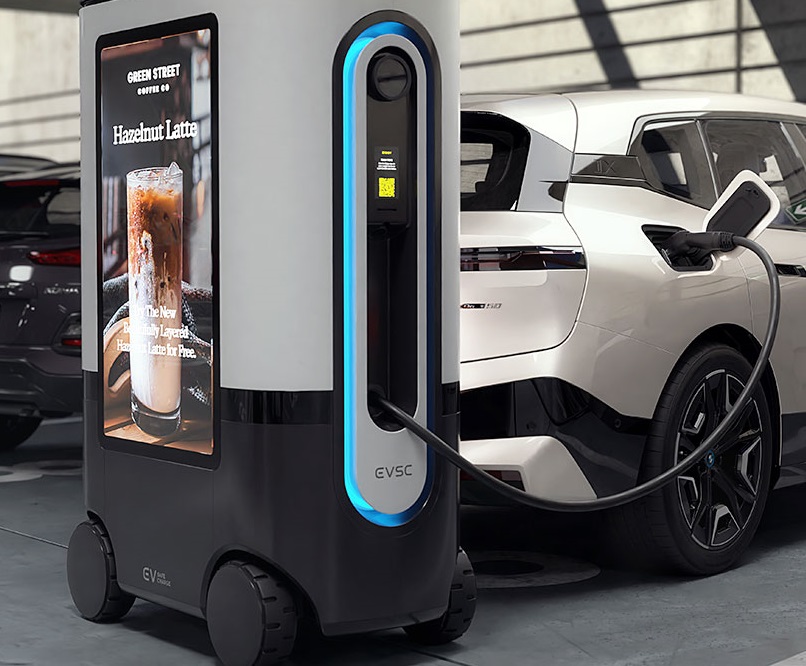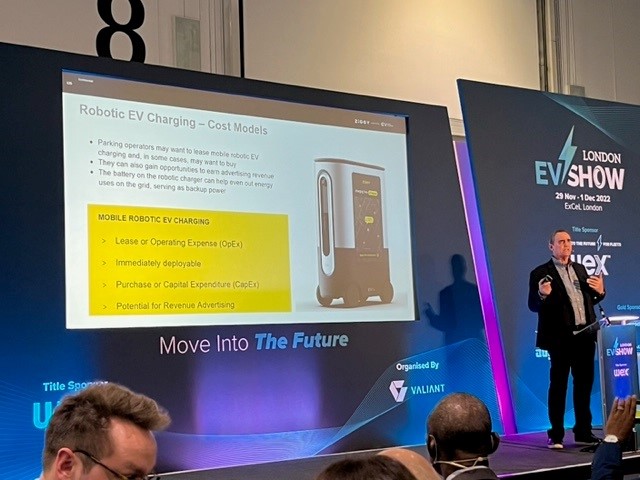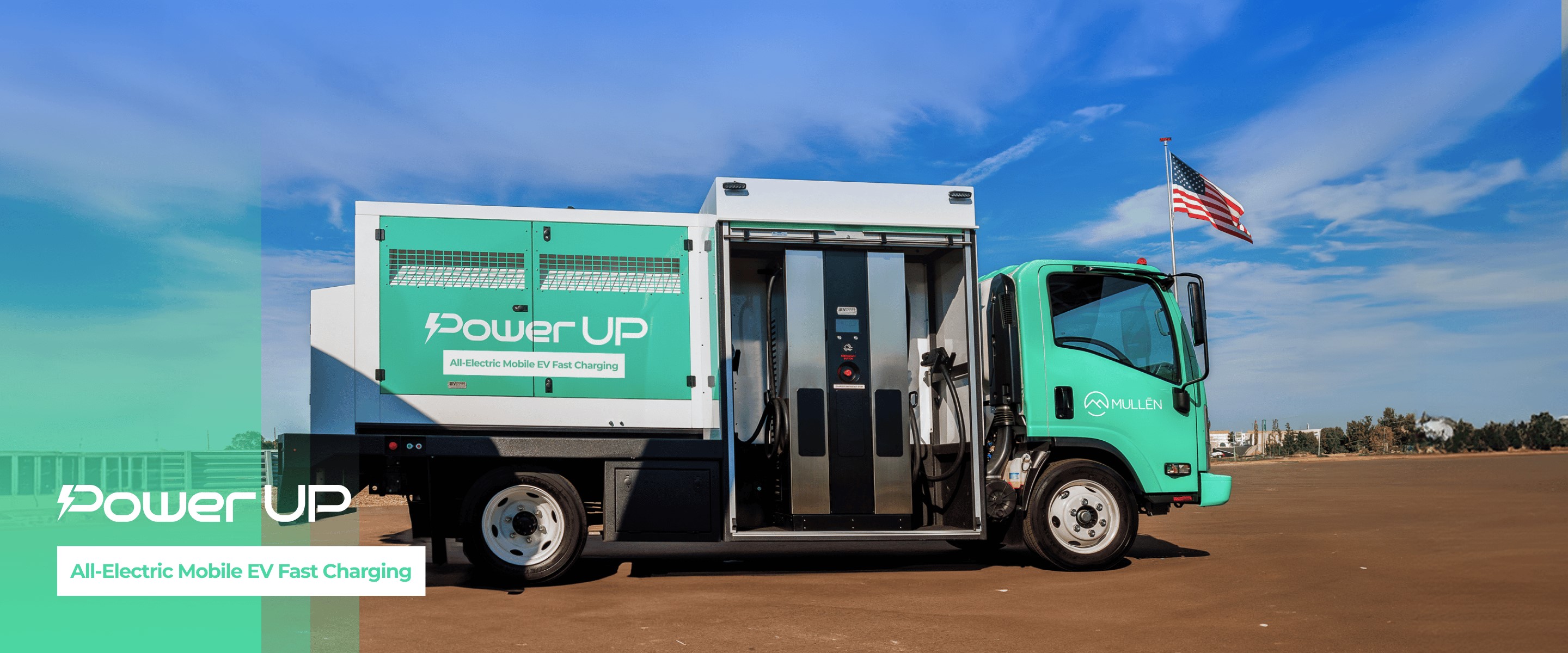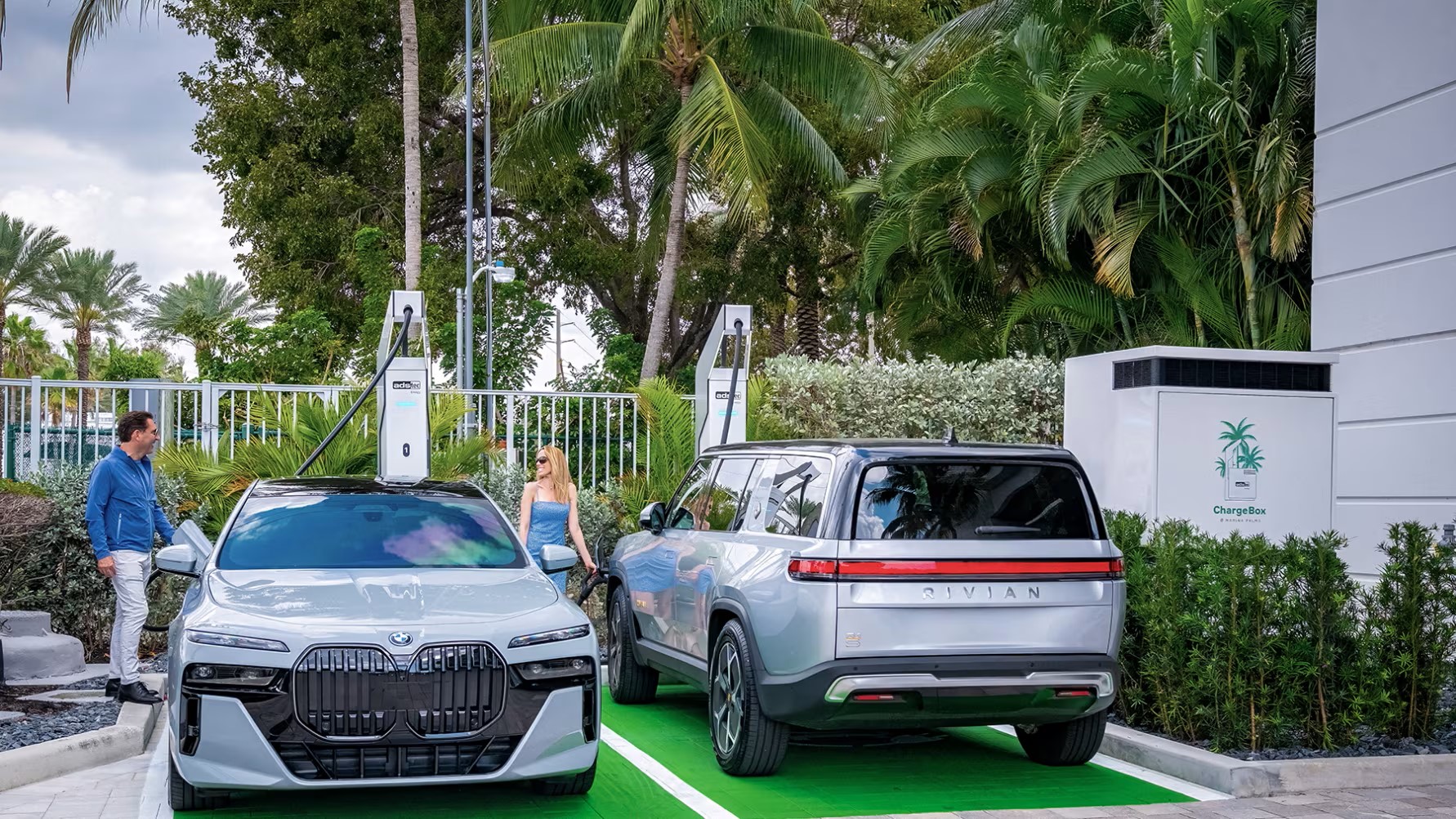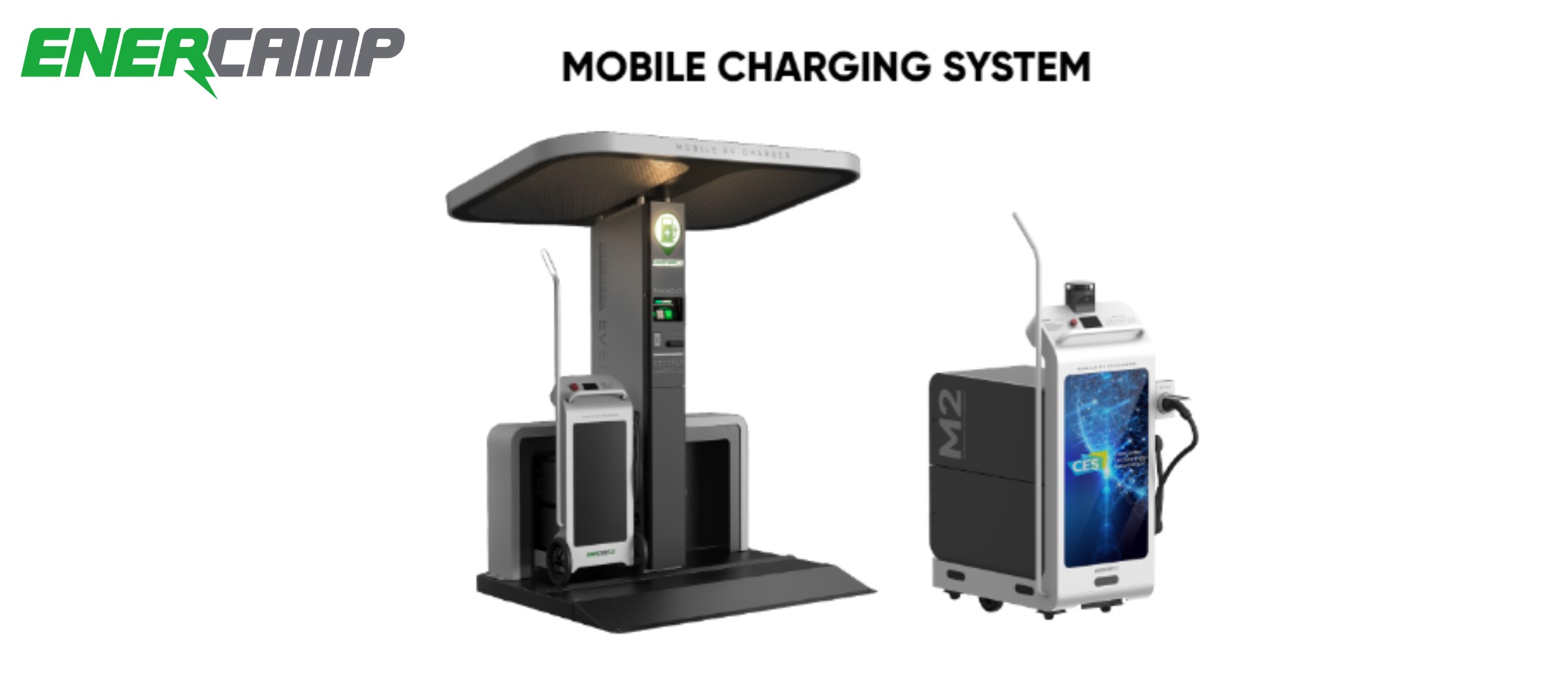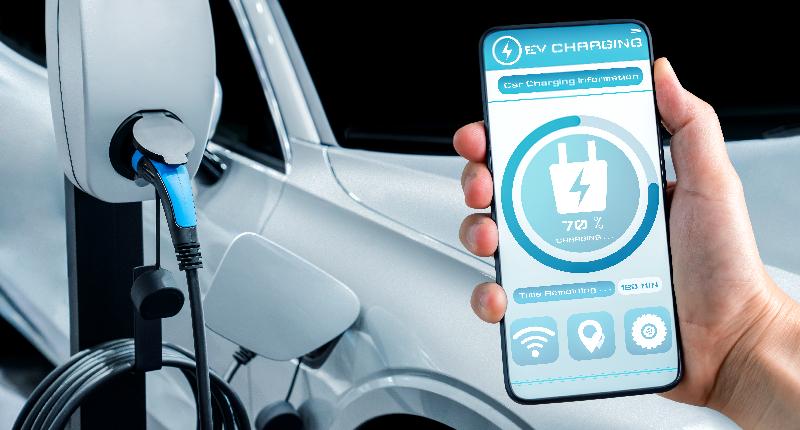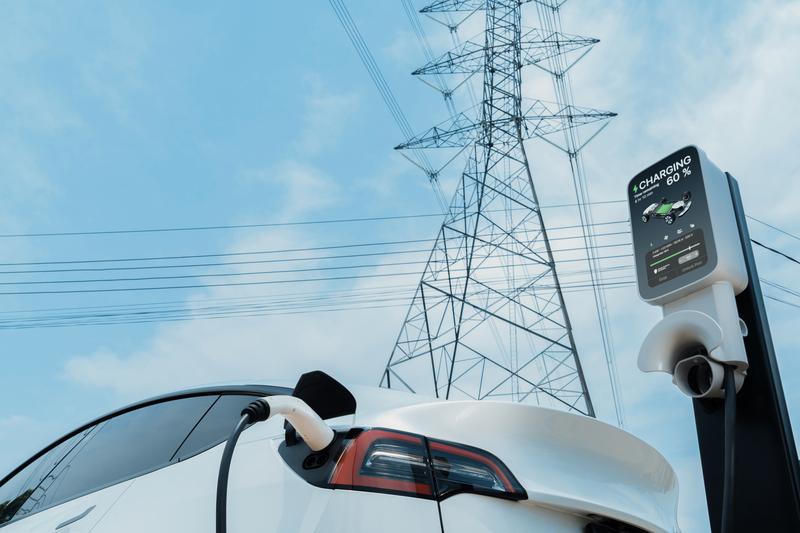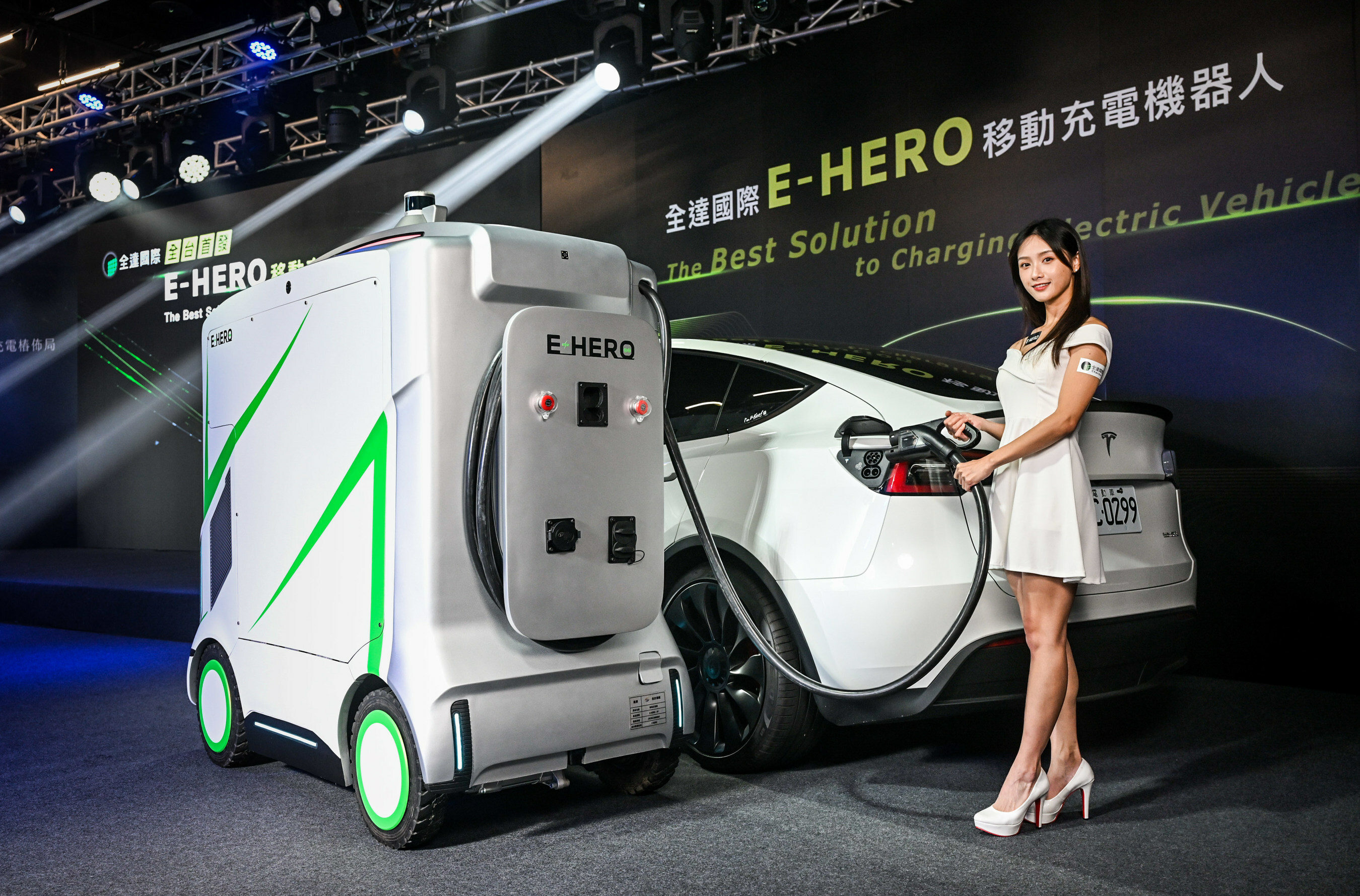
Capitalising on the advantages of direct current (DC) fast charging technology, the E-Hero robot can charge up an EV from 0% to 80% in 30 minutes - 12 times faster than traditional charging stations in Taiwan. This not only vastly slashes charging times but also optimises parking utilisation, enabling an accelerated turnover that translates into increased profitability for parking facilities.
Importantly, the E-Hero mobile charging robot eliminates the need for extensive infrastructure modifications, reducing wiring costs and simplifying the deployment of charging facilities.
Additionally, its two-way charging technology contributes to energy efficiency by supplying power during peak hours and self-charging during off-peak times, thereby alleviating strain on the grid and providing emergency power options.
The E-Hero mobile charging robot merges the strengths of both fixed and mobile charging systems, offering a versatile solution adaptable to various settings such as old communities, office buildings, cultural centres, and more. With the ability to be summoned via a mobile app, the robot streamlines the charging process, overcoming the limitations of traditional EV charging infrastructure.
CEC Chairman Jung Rong Tu emphasised the significance of the E-Hero innovation, underscoring its potential to reshape the EV market. "Our resource advantages have enabled us to address the current pain points in the Taiwanese EV market," stated Tu, expressing anticipation for the technology's contribution to rapid charging and energy storage.
Tu outlined CEC's commitment to becoming a comprehensive charging solution, envisioning a Peer-to-Peer Charge Share App service to optimise charger utilisation. This approach allows charger owners to list their assets on the app, thus enabling them to profit from EV owners seeking to charge up.



